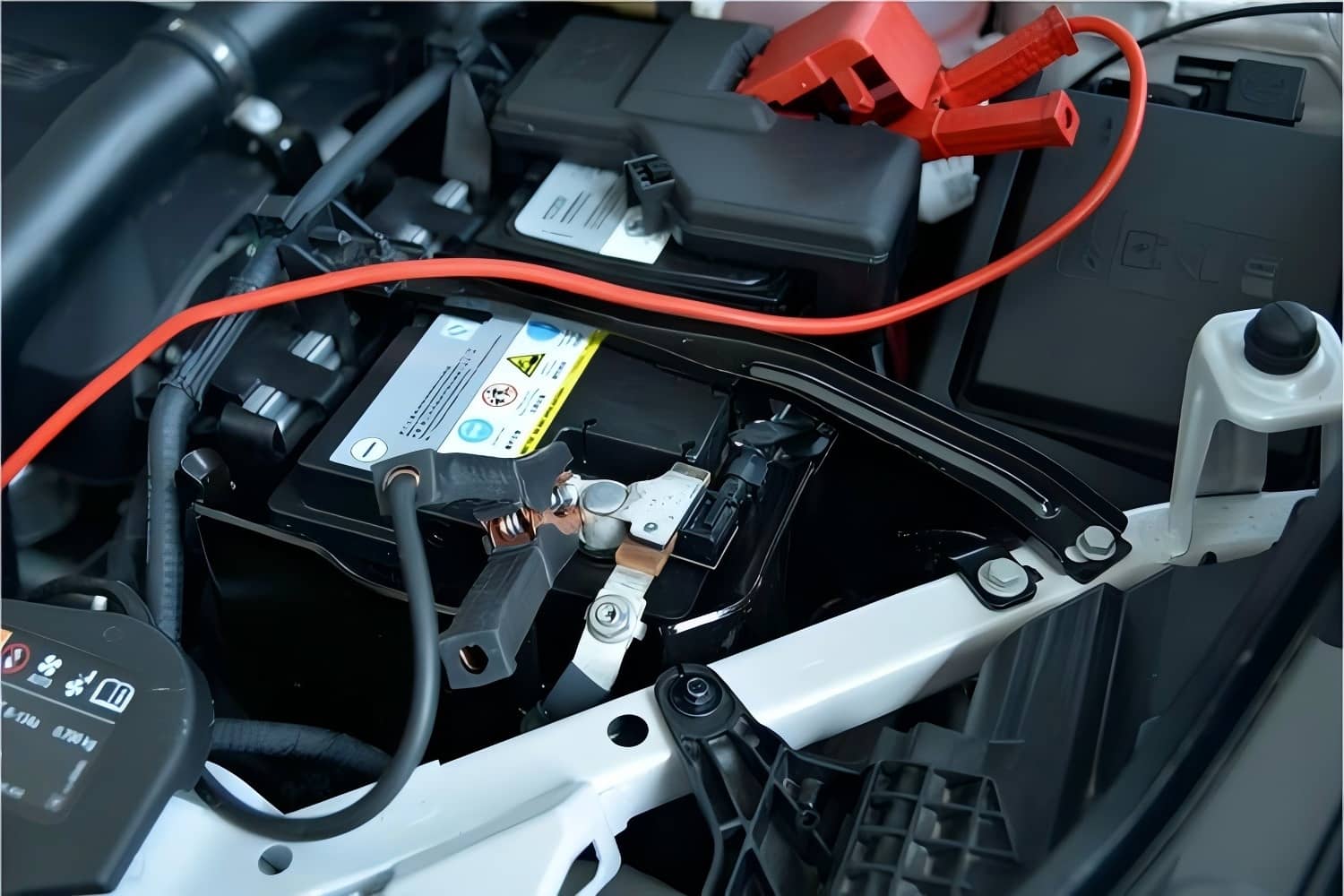Blog
Deep Cycle vs Starting vs Dual Purpose Batteries: How to Choose
2025-07-09 | Eric

Not every battery is built the same—and choosing the wrong one? That’s a shortcut to poor performance and an early trip back to the shop.
Whether you're dealing with a fishing boat, an RV, or a passenger vehicle, the battery you pick plays a huge role in reliability, performance, and customer satisfaction. In this guide, we’ll walk you through the core differences between starting, deep cycle, and dual purpose batteries—so you can make the right call every time.
Quick Overview: The Three Main Types of Batteries
- Starting Batteries – Deliver quick bursts of high power to crank engines.
- Deep Cycle Batteries – Provide steady, long-lasting energy over time for accessories and off-grid setups.
- Dual Purpose Batteries – Designed to handle both starting and deep cycling—but not the best at either.
1. Starting (Cranking) Batteries: Fast, Furious, and Focused
Starting batteries are all about power on demand. Their job? Get the engine running—fast. They deliver high Cold Cranking Amps (CCA), which means they can kickstart an engine even in freezing temperatures (0°F or -18°C) and still maintain a minimum voltage.
Key Features:
- High CCA rating
- Thin lead plates for quick energy release
- Designed for short, high-power bursts
You’ll find these batteries under the hoods of cars, trucks, and motorcycles. But don’t count on them for powering lights, fridges, or trolling motors—they’re not meant for long-term energy draw. Discharge them too deeply or too often, and they’ll fail faster than expected.
2. Deep Cycle Batteries: Slow and Steady Wins the Race
If a starting battery is a sprinter, a deep cycle battery is a marathon runner.
These are designed to deliver power steadily over hours—and be drained and recharged hundreds of times without breaking a sweat. Deep cycle batteries have thicker, denser plates that can handle deep discharges (down to 20% of capacity) without damage.
Common Uses:
- RV house systems
- Boats with trolling motors
- Golf carts
- Solar power storage systems
3. Dual Purpose Batteries: The Middle Ground
Dual purpose batteries promise the best of both worlds—and sometimes they deliver. They can crank an engine and also power electronics for a decent amount of time. But they’re a compromise.
Pros:
- Can start engines and power devices
- Useful in small boats, campers, and work trucks
- Space-saving when only one battery is an option
Cons:
- Lower CCA than dedicated starting batteries
- Less efficient for deep cycling compared to true deep cycle batteries
How to Pick the Right Battery Every Time
Choosing the correct battery is more than just matching voltage. You need to consider the vehicle type, energy demands, and the customer’s usage habits.
Here’s what to look at:
- Vehicle Type – Standard cars? Go with a starting battery. RVs, boats, or solar setups? Deep cycle is your best bet. Need both functions in one? Dual purpose might work—if performance expectations are moderate.
- Power Load – If the vehicle runs a lot of accessories or electronics (even when off), deep cycle or dual purpose is more appropriate than a starter battery.
- Past Issues – Frequent battery replacements? That’s often a sign the wrong battery type was used in the past.
- Physical Clues – Threaded studs? Probably a marine or off-grid setup. Top or side posts only? Likely a starting battery for a vehicle.
Also, check the CCA rating. If it’s too low for the engine size and climate, you’re setting your customer up for trouble.
Busting Battery Myths
Myth: Any battery can be used in any application.
Wrong. Using the wrong type not only hurts performance—it can kill a battery fast.
Myth: Deep cycle batteries are just beefed-up starters.
Nope. Different construction, different purpose. Deep cycling a starting battery can ruin it.
Myth: Dual purpose is always the best choice.
Not really. It’s a jack-of-all-trades, master of none.
Conclusion
Battery selection isn’t just a technical choice—it’s a service decision. Your customers rely on your expertise to keep their vehicles and equipment running smoothly.
When you match the battery to the application, you:
- Improve performance
- Reduce early battery failure
- Increase customer satisfaction
- Boost long-term trust in your service
Pro Tip: If you're not sure which battery was installed last, inspect the terminals and label. A mismatch in post type or specs is often the first red flag. Take note of threaded studs vs. standard posts—it tells you more than you’d think!
Popular Articles
Contact Details
Worktime :Monday to Friday 9am - 6pm (HKT)
WhatsApp/Wechat/Mobile :+86XXXXX
Email : info@lifepo4cellstore.com
